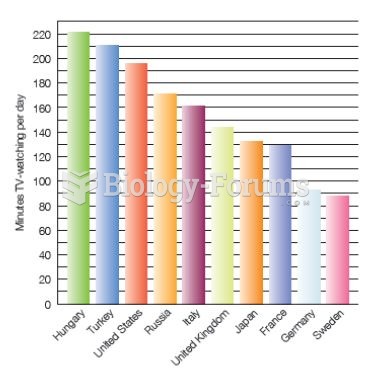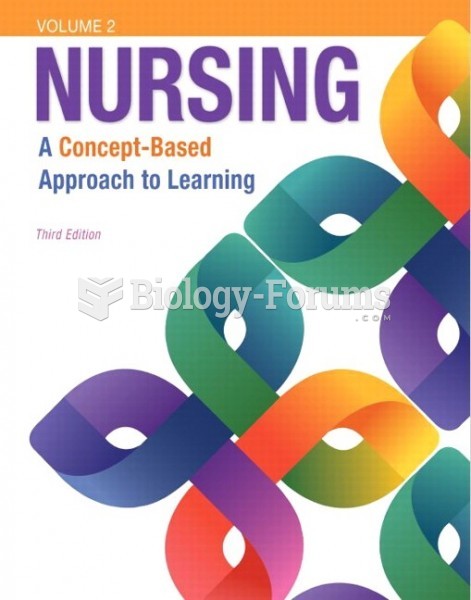Answer to Question 1
Cognitive. Increase students' awareness about the dangers of drug abuse and delinquency.
Affective. Improve students' psychological assets and self-image to give them the resources to resist antisocial behavior.
Behavioral. Train students in techniques to resist peer pressure.
Environmental. Establish school management and disciplinary programs that deter crime, such as locker searches.
Therapeutic. Treat youths who have already manifested problems.
Answer to Question 2
Limiting access
Access control. About 75 percent of all schools control access to school buildings by locking or monitoring doors.
Control lighting. Some administrators keep buildings dark at night, believing that brightly illuminated schools give the buildings too high a profile and attract vandals who might have not bothered with the facility, or even noticed it, if the premises were not illuminated.
Gates. About one-third of schools control access to school grounds with locked or monitored gates.
Picture IDs. About one-quarter of schools require faculty or staff to wear picture IDs and a number now require students to have badges or picture IDs.
Security cameras. About 84 percent of high schools, 73 percent of middle schools, and 51 percent of primary schools report that they use security cameras to monitor their schools
Monitoring Students
Control book bags. Some schools require transparent book bags or ban book bags altogether.
Random checks. About 15 percent of secondary schools use random metal detector checks, half use random dog sniffs, and one-quarter use random sweeps for contraband.
Computer and electronic device monitoring. More than 90 percent of schools now limit access to social networking websites from school computers and prohibit the use of cell phones and text messaging devices during school hours.
Threat Reporting. More than one third of schools have installed a structured, anonymous threat reporting system in place.







